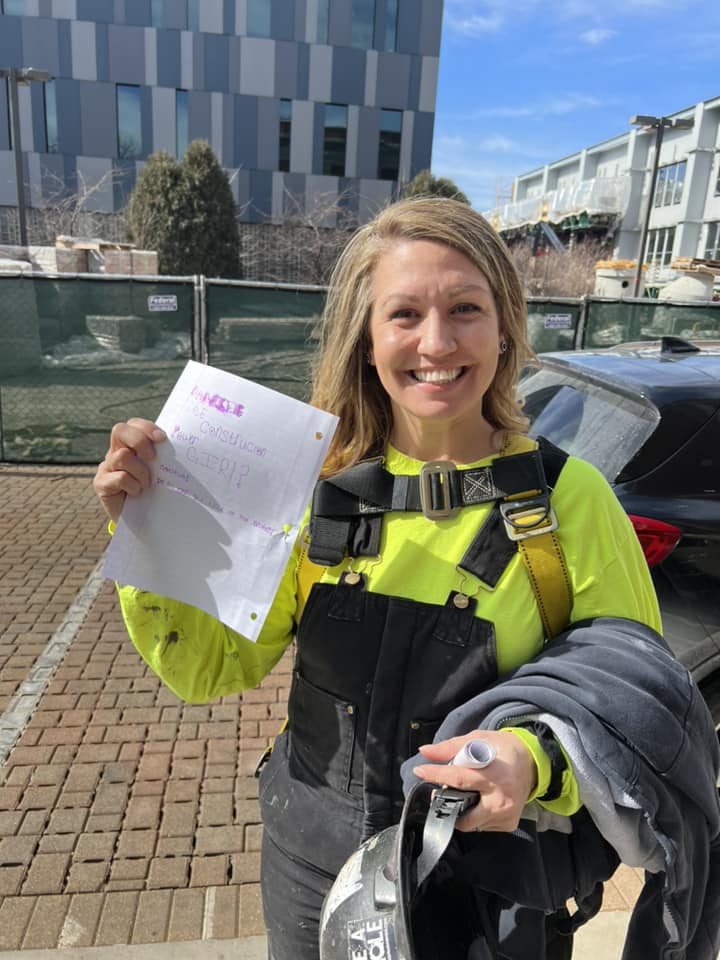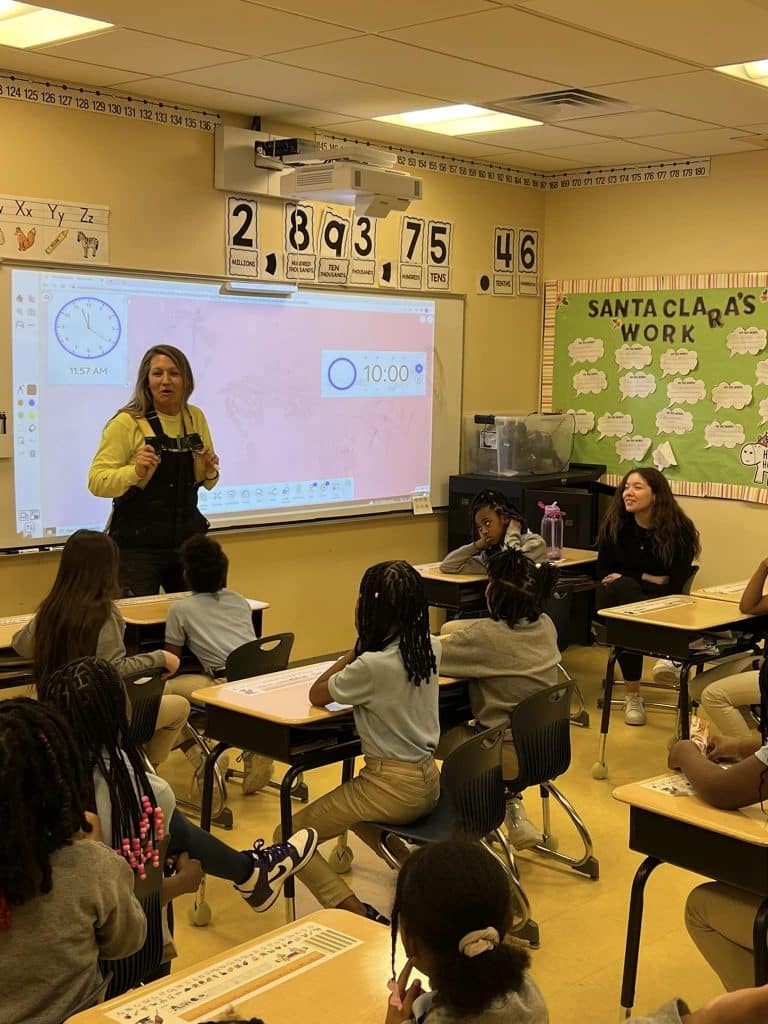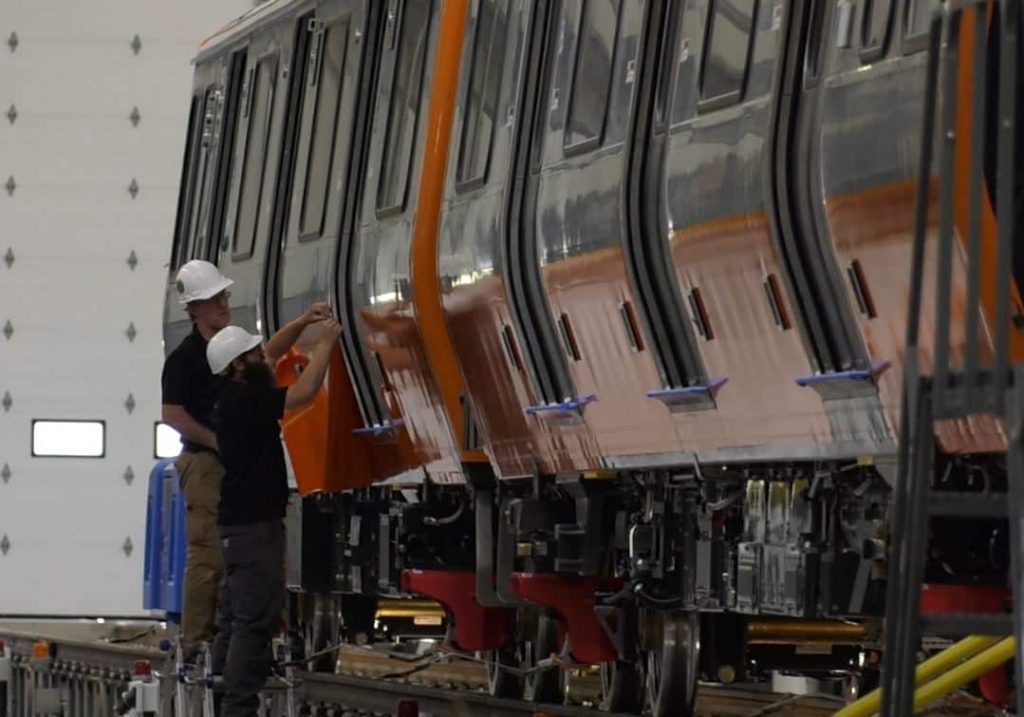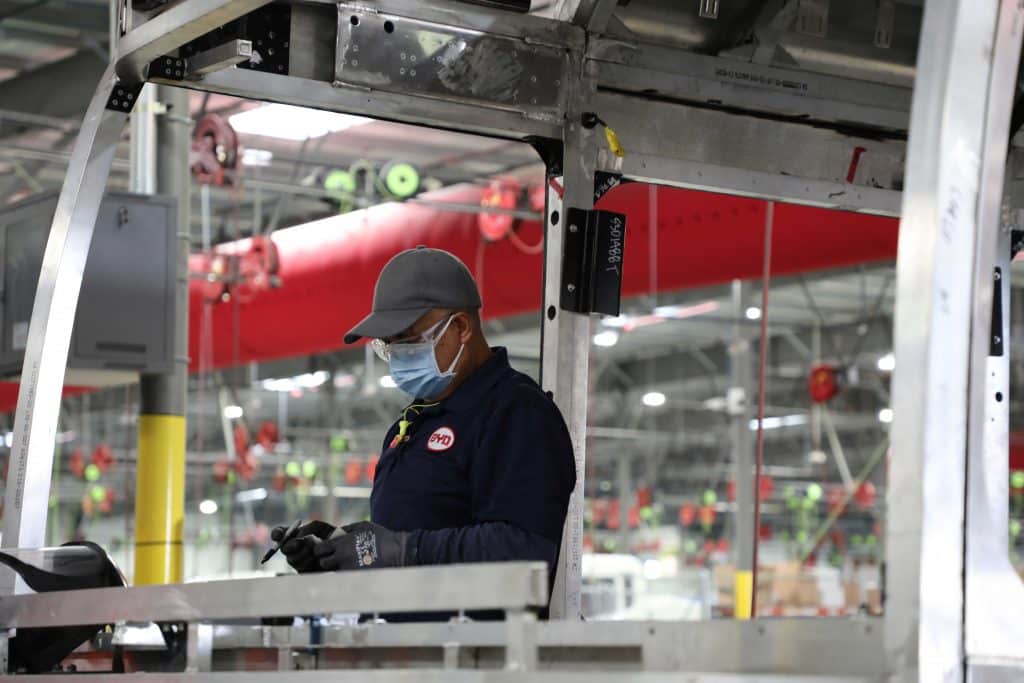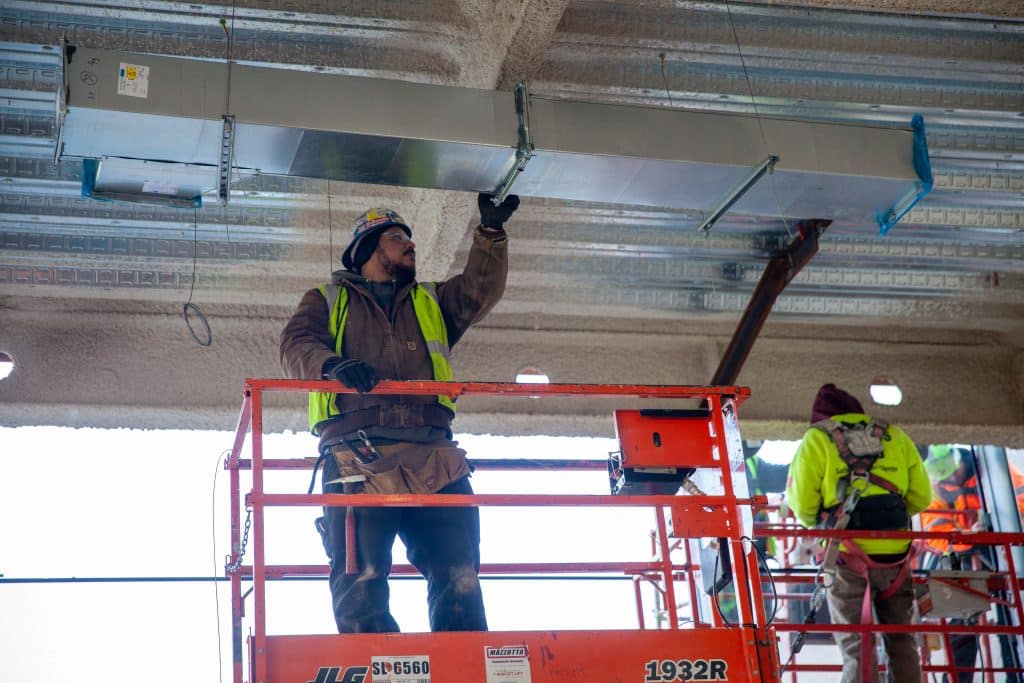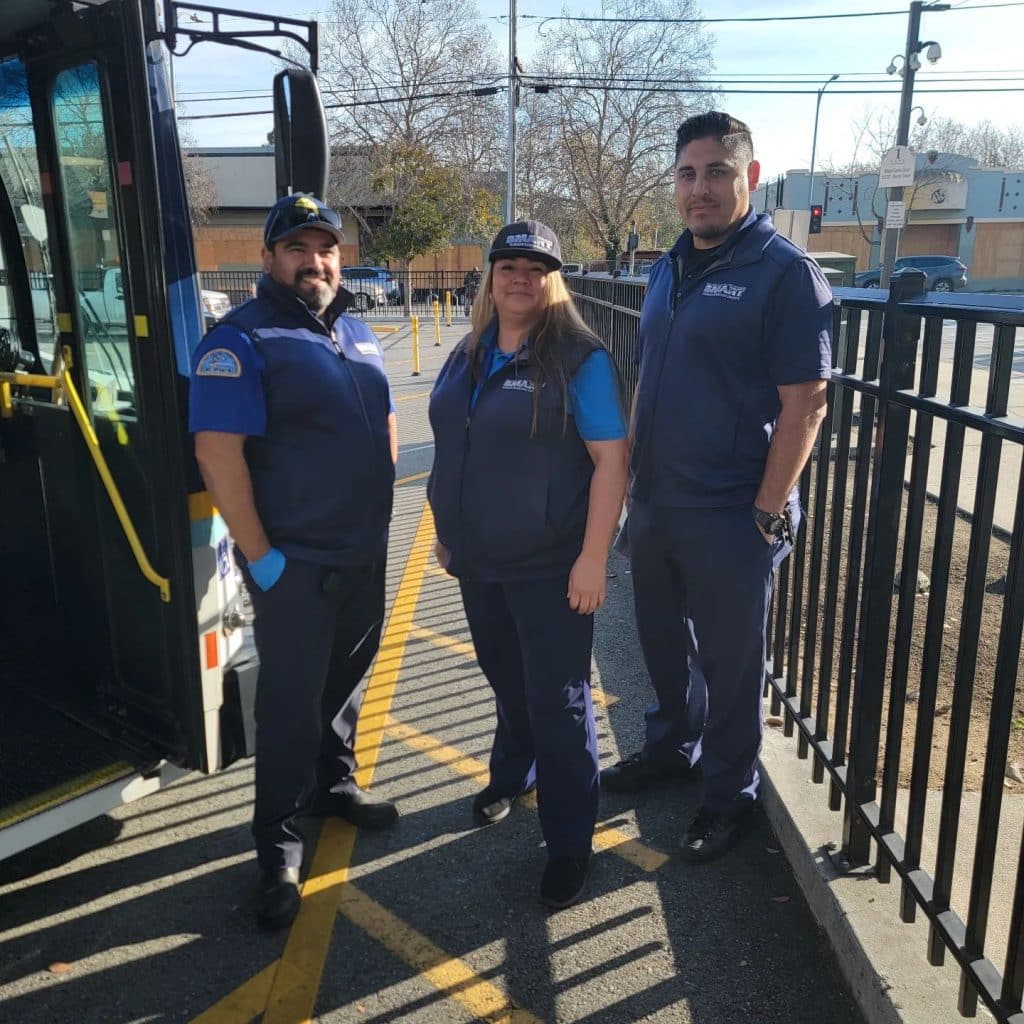Communities across the nation are once again facing a dangerous air quality crisis due to smoke emanating from the Canadian wildfires. As people across North America seek refuge indoors, it is crucial to understand that the smoke and pollutants from the wildfires can easily infiltrate indoor spaces through various openings, resulting in higher concentrations of harmful substances.
One such substance, PM2.5, is airborne particulate matter smaller than 1/70th the diameter of a human hair and can contain dangerous levels of heavy metals and other toxins. A study conducted by Stanford University revealed that this type of air pollution may be up to 10 times more hazardous for children than other forms of air pollution.
In light of this alarming situation, SMART and SMACNA have jointly put forth several essential steps for the public during wildfires:
- Close doors and windows. This helps to limit the intrusion of smoke into indoor spaces.
- Verify proper operation and maintenance of ventilation systems. Just like electrical wiring and plumbing, HVAC (Heating, Ventilation and Air Conditioning) systems can cause damage if mishandled. It is advisable to seek the assistance of skilled and trained HVAC professionals to ensure the optimal functioning of your system.
- Ensure adequate ventilation rates. Your HVAC system should provide the required minimum ventilation rate. Additionally, if applicable, disable the economizer or eco-friendly option on your system. An HVAC professional will be able to guide you through this process.
- Avoid creating negative air pressure. Do not turn off your ventilation/HVAC system while running exhaust fans in your bathroom or kitchen, as this can create negative air pressure, causing untreated outdoor air to seep in through openings, cracks, etc.
- Check filters. Regularly inspect and clean the filters in your HVAC system. In most cases, a MERV 13-rated filter or a HEPA filter will provide optimal filtration. It is recommended to consult with an HVAC professional to determine the best filter for your unit.
The hazardous conditions resulting from the wildfires also emphasize the importance of conducting a Ventilation Verification Assessment for commercial, apartment and school buildings. This assessment, carried out by certified technicians, provides essential data to identify any corrective actions required to combat pollutants in both indoor and outdoor air.
Safeguarding our health in times of dangerous air quality relies on the presence of high-quality HVAC and ventilation systems. By following the recommended steps and seeking professional assistance, people across North America can minimize the infiltration of harmful pollutants and create a safer indoor environment for themselves and their families.
